When developing antibacterial oral care OEM products, ensuring the highest level of hygiene and safety is non-negotiable. Choosing the right sanitizing tech plays a critical role in both consumer trust and regulatory compliance. Among the leading methods available today, two technologies stand out: UVC vs. Ozone Sterilization. Both methods offer unique advantages, but which is the better option for OEM manufacturing needs based on efficacy and safety?
UVC Sterilization: Utilizes short-wavelength ultraviolet light to damage microbial DNA, effectively neutralizing bacteria, viruses, and fungi. Recent advances in UVC LED technology make this method more compact, energy-efficient, and eco-friendly compared to traditional mercury lamps.
Ozone Sterilization: Leverages ozone gas (O3), a powerful oxidizer, to disrupt microorganisms. Ozone has been widely used in water treatment and medical equipment sanitation due to its ability to penetrate crevices and hard-to-reach areas.
When considering UVC vs ozone sterilization, both demonstrate high levels of microbial reduction. However:
UVC LED technology offers targeted sterilization in seconds, making it suitable for smaller devices like toothbrush sanitizers or portable oral care tools.
Ozone can reach surfaces UVC light cannot directly touch, but it requires longer treatment times and controlled conditions.
For OEM manufacturing needs based on efficacy and safety, UVC often has the edge. Ozone, while powerful, can pose health risks if not fully contained or if residual ozone is inhaled by users. UVC, especially when integrated with smart sensors and shielding, can be designed for safe consumer use.
Today’s consumers demand eco-friendly, chemical-free solutions. UVC LED technology aligns with these preferences by avoiding harmful residues and providing a “clean tech” appeal. Ozone sterilization, while effective, may face pushback from safety-conscious customers in the oral care segment.
For antibacterial oral care OEM products such as toothbrush sanitizers, travel cases, or aligner cleaning devices:
UVC sterilization is ideal for compact, portable devices with frequent consumer use.
Ozone sterilization might be better suited for larger, centralized sterilization units where controlled environments are possible.
Ultimately, the decision between UVC vs ozone sterilization depends on your product goals, target market, and regulatory strategy. If your priority is consumer safety, fast sterilization, and eco-friendly design, UVC LED technology is likely the better fit. If you require deeper penetration and are designing professional-grade sanitation systems, ozone may still be valuable.
As the oral care industry advances, selecting the right sanitizing tech will define brand competitiveness. OEMs should weigh both efficacy and safety when integrating sterilization methods into their products. For many oral care applications, UVC LED technology stands out as the forward-looking solution, offering a balance of performance, safety, and consumer trust.
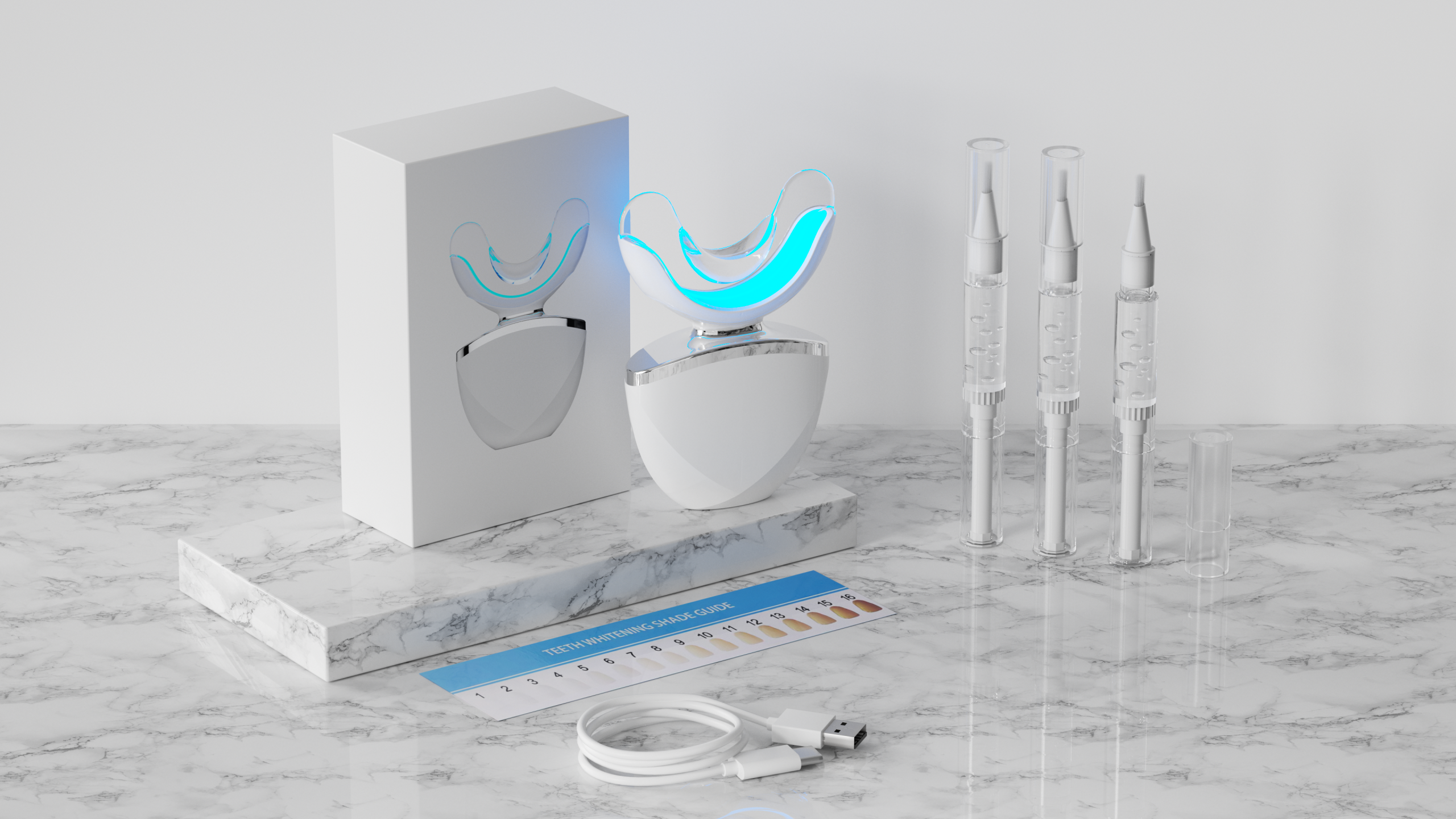
Teeth Whitening Equipment and Gel Compatibility – OEM System Integration
Sonic Toothbrush Dallas – Smarter Cleaning Technology

Bulk Personalized Electric Toothbrush: Custom Manufacturing Services
Pressure Overkill Leading Sensitivity Spikes – Painful?

What are the Professional electric toothbrush factories in China?
Employee Appreciation Smart Toothbrush | Corporate Wellness Gifts
Post-Surgery Risks Worsened by Jaw Discomfort?
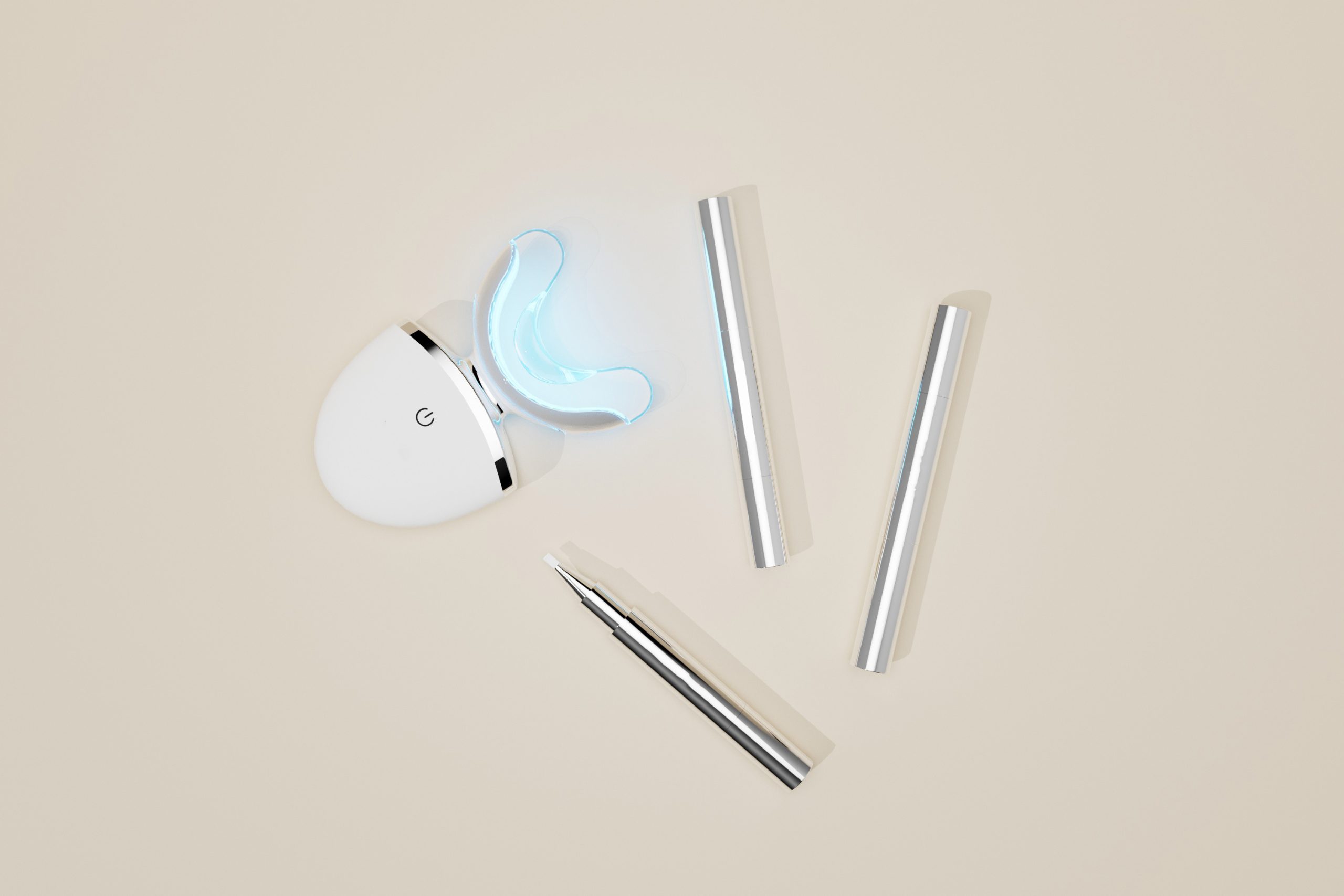
What Packaging Options Are Available for Custom Whitening Gel Products?
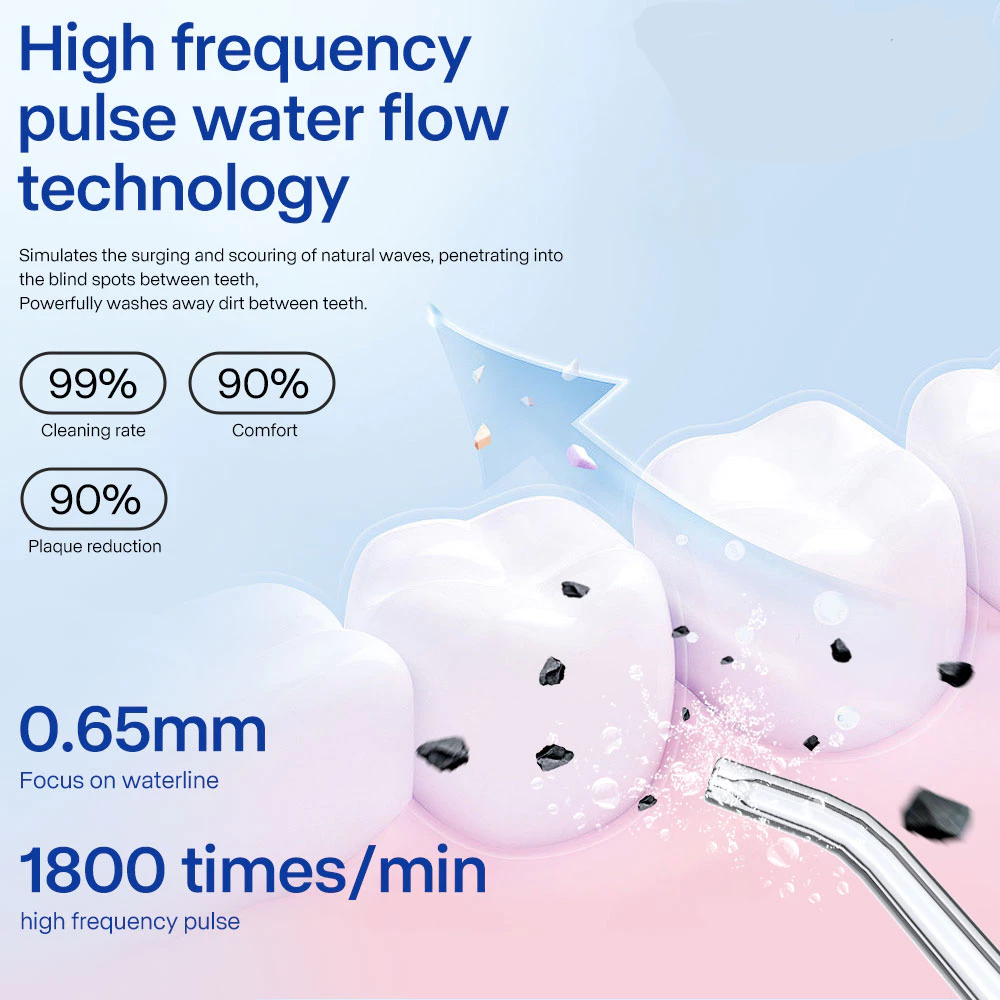
Is a Dentist approved Mumbai seal valid for an antibacterial brush head?
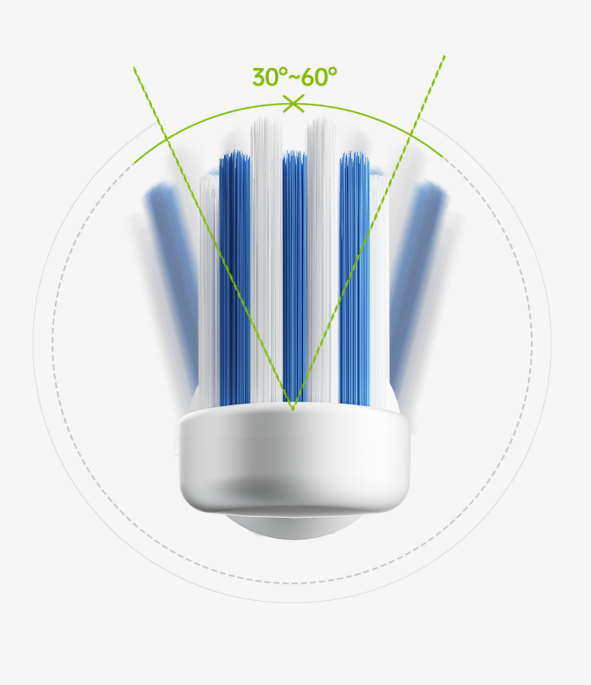
5 reasons for brands to enter the electric toothbrush industry in 2024

California Sensitive Teeth Relief – San Francisco Sale Live?

Oral Care Design for Women: Women Are the Main Consumers of the Oral Care Market

Guide to the daily use of a dental floss rinse: the perfect companion for keeping your mouth clean
.jpg)
Waterproof Travel Electric Toothbrush for Texas Ranchers

How to Choose a Reliable Electric Toothbrush Factory?
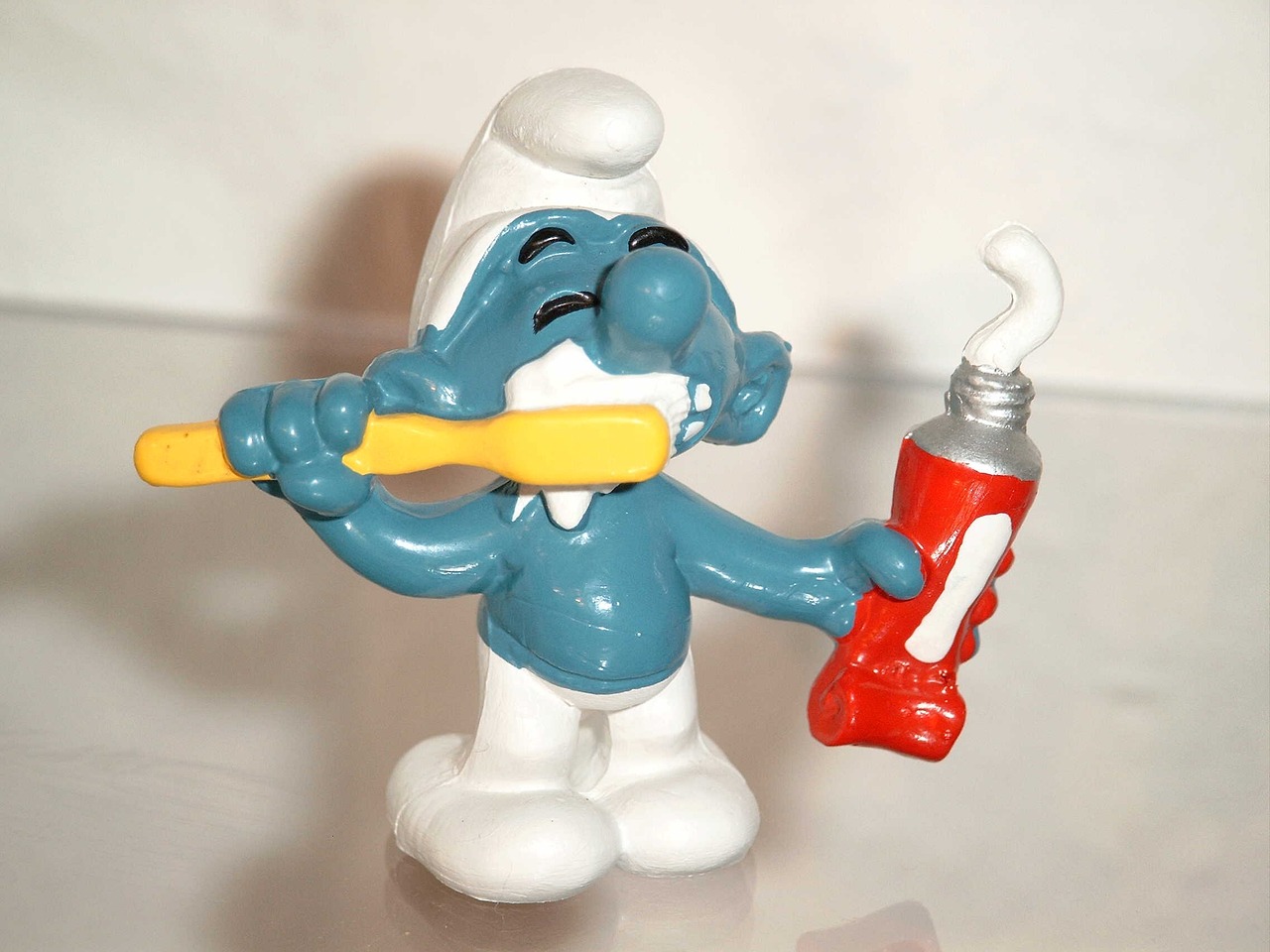
How Much Does It Cost to Manufacture a Toothbrush?

electric toothbrush heads Deep Clean

Electric toothbrush heads Charcoal Infused-Diamond

Private Label Whitening Gel

electric toothbrush heads Ultra Soft
.jpg)
Florida Electric Toothbrush – Powsmart PTR-C8

Customization Teeth Whitening Gel

electric toothbrush heads Regular Clean

electric toothbrush heads Charcoal Infuse-Round
whstapp
whstapp
National Toll-Free Service Hotline
+86 755 86238638